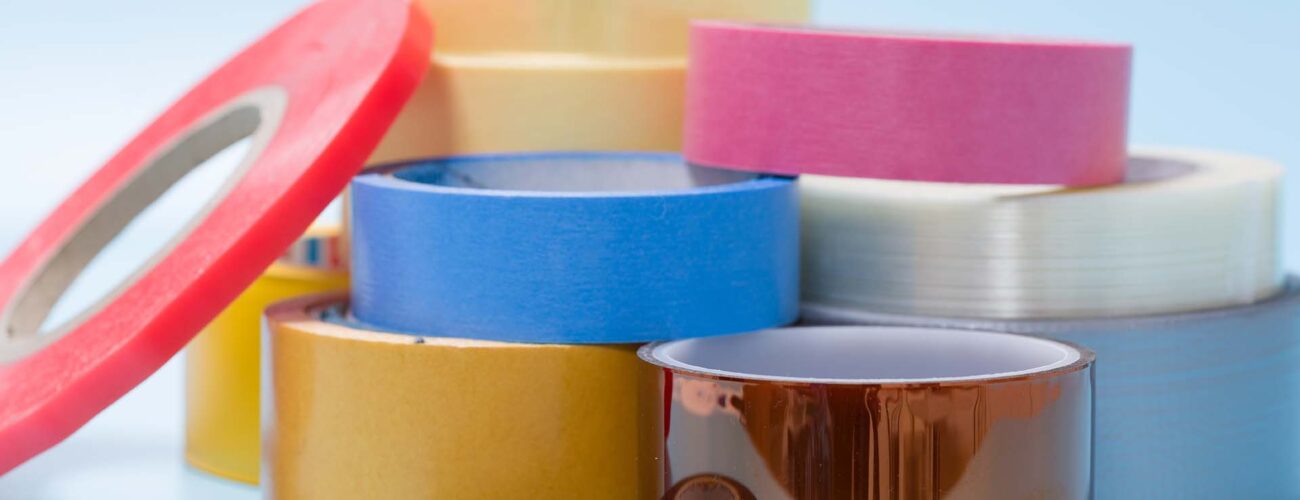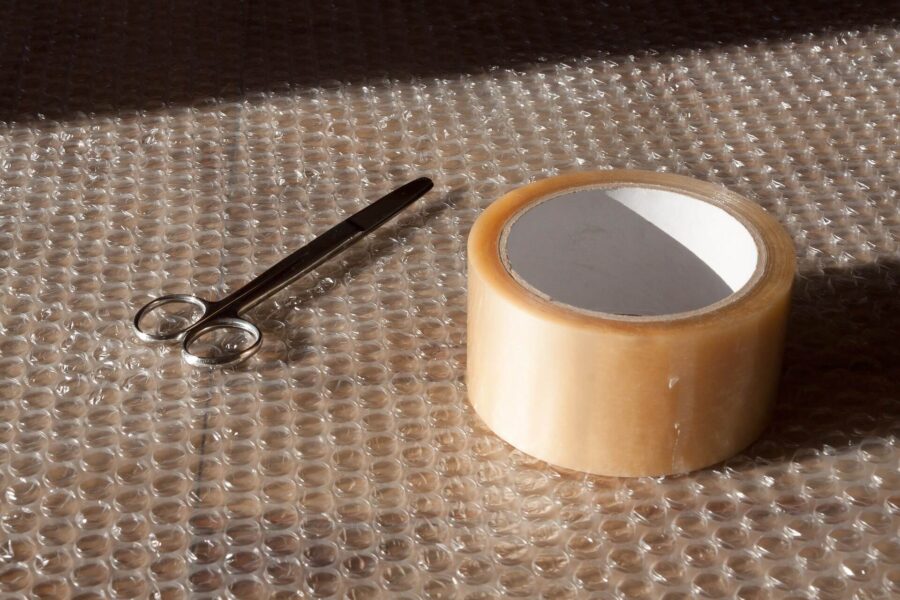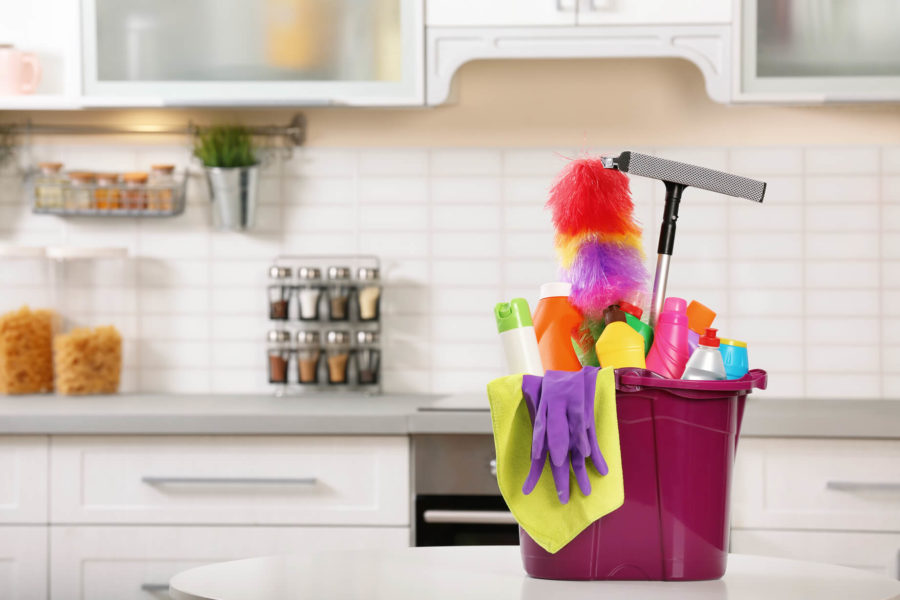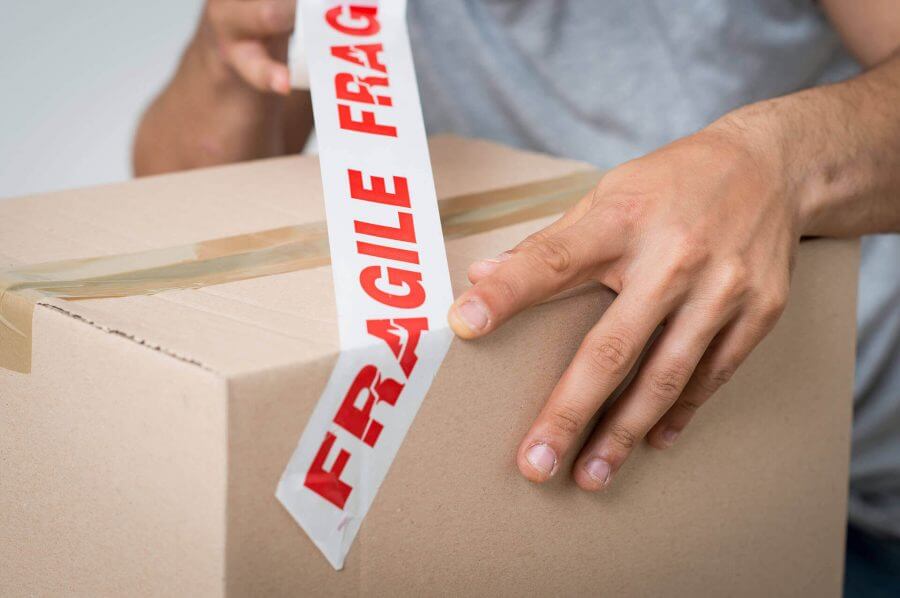

The Mover’s Guide – How to Remove Tape Residue Effectively
Posted in How-to on February 14, 2024
Discover the ultimate Cross Country Movers’ guide on how to remove tape residue effectively when shipping your belongings. From practical tips to ingenious hacks, this guide covers everything you need to tackle sticky situations. Whether you’re packing up or settling in, learn the secrets to effortlessly erasing tape residue and making your relocation smoother.
How to Remove Tape Residue?
Removing tape residue can be a hassle, but with the right approach, you can get rid of it efficiently. First, gently heat the marks with a hair dryer to loosen their grip. Then, apply a mixture of equal parts coconut oil and baking soda to the area, letting it sit for a few minutes.
Use a plastic scraper or a credit card to gently scrape off the adhesive. For stubborn areas, rubbing alcohol or white vinegar applied with a cloth can break down the adhesive. Always test a small area first to ensure the surface won’t be damaged. Finish by wiping the area clean with a damp cloth.
What Are the Main Challenges When Removing Sticky Residue?
What are the main issues you should be aware of when you want to know how to remove sticky tape residue after moving to a new home? There are several challenges, primarily depending on the surface type and the mark’s age. The surfaces of fragile items risk damage from abrasive methods, while more stubborn residues may resist common removal techniques.
Additionally, finding a balance between effective removal after moving to a new state and preserving the integrity of the underlying material can be tricky. Environmental factors during shipping in a relocation truck, such as temperature and humidity, also play a significant role in how easily adhesives can be removed, complicating the process further.
Type of Tape Used in Relocating Plays a Crucial Role
The type of tapes used during relocation significantly impacts the difficulty of mark removal. Packing tapes, especially those of lower quality, tend to leave behind a more persistent adhesive. In contrast, higher-quality tapes are designed to peel off cleanly. Selecting the right packing material ensures the security of your items during the move and minimizes the risk of marks, making the unpacking after relocation smoother and less tedious.
Why Tape Residue Is a Concern During Relocation
Tape marks are a major concern during relocation to a new state for several reasons. First, it can change the appearance of furniture and belongings, requiring additional move-in cleaning effort and potentially devaluing items. It also poses a problem for rental properties, where deposits can be jeopardized by damage.
Furthermore, the time and resources spent on cleaning or repairing items affected by marks could be better allocated to settling into the new apartment. This highlights the importance of using appropriate packing materials and techniques from the start.

Natural Solutions for Surface-Safe Residue Removal
Natural solutions are often the best way to remove tape residue – they are eco-friendly and safe for removing adhesives without harming surfaces. Ingredients like vinegar, baking soda, and essential oils can effectively dissolve adhesive marks while being gentle on most materials.
There are a few homemade cleaners you can use. Our relocation experts at Cross Country Movers often recommend this relocation hack – a solution of equal parts vinegar and water can break down the stickiness, allowing for easy wiping away.
For tougher residues, a paste made from baking soda and coconut oil can lift adhesive without scratching the surface. These natural options not only protect your items but also reduce the use of harsh chemicals in your living space.
Using Household Items for Cleaning Marks Is Always a Smart Idea
Leveraging household items for cleaning adhesive marks is both economical and convenient. Olive oil, lemon juice, and mayonnaise are not just pantry staples but also potent in battling sticky residues. Applying a small amount of olive oil and letting it sit for a few minutes can soften the adhesive, making it easy to scrape off.
Lemon juice acts as a natural solvent, cutting through the marks, while mayonnaise’s oily composition helps in dissolving the glue. These household remedies are effective, accessible, and safe for various surfaces, offering a practical solution to a common moving mistake of not using packing tapes adequately.

Chemical Solutions You Can Try on Stubborn Marks After Moving Across the Country
For those stubborn marks that resist natural remedies, chemical solutions like isopropyl alcohol can be highly effective. These products are designed to tackle the toughest adhesives without excessive scrubbing. Isopropyl alcohol is excellent for removing marks from packed electronics and other sensitive items, as it evaporates quickly without leaving a trace.
When to Use Commercial Cleaners?
Commercial cleaners are best reserved for situations where natural solutions have failed to remove the adhesive completely. They are particularly useful for dealing with heavy-duty tapes used in shipping and industrial applications. When selecting a commercial cleaner, consider the surface type and the cleaner’s compatibility to avoid any potential damage.
What Are the Best Practices for Using Chemical Solutions Safely?
Safety should always be a priority when using chemical solutions. Work in a well-ventilated area to avoid inhaling fumes, and wear gloves to protect your skin from direct contact with harsh chemicals. This is a crucial relocation tip for those dealing with stubborn adhesives.
Always read and follow the manufacturer’s instructions for use, and test the cleaner on a small, inconspicuous area of the surface first to ensure it does not cause damage. Additionally, storing these solutions away from children and pets is crucial to prevent accidental ingestion or exposure.

Step-By-Step Guide to Removing Tape Marks Safely
Removing marks from various surfaces can be a challenging task, but with the right approach, it’s possible to do so safely and effectively. Whether you’re dealing with the remnants of moving tape on furniture, walls, or glass, this step-by-step guide will help you eliminate those unsightly marks without damaging your belongings. Follow these steps to restore your items to their former glory.
- Identify the surface material – Different materials require different cleaning methods. Determine if the surface is wood, glass, metal, or plastic before proceeding.
- Choose your cleaning solution – For delicate surfaces, start with a natural solution like olive oil or vinegar. For more stubborn marks, consider a commercial adhesive remover.
- Apply the solution – Lightly apply your chosen solution to the adhesive. If using a commercial product, follow the manufacturer’s instructions.
- Let it sit – Allow the solution to penetrate the mark for several minutes. This helps soften the adhesive, making it easier to remove.
- Gently scrape away – Using a plastic scraper or the edge of a credit card, gently scrape away the softened adhesive. Be careful not to scratch the surface.
- Wipe clean – Once the mark is removed, wipe the area with a clean, damp cloth to remove any leftover solution.
- Dry the surface – Use a soft, dry cloth to dry the area completely.
Prevention Is the Key – Residue-Free Moving Tips and Tricks
To avoid the hassle of getting rid of adhesive after a move to a new apartment, it’s crucial to take preventive measures. Start by ensuring surfaces are clean and dry before taping, as this promotes better adhesion and easier removal later on. Consider using furniture blankets or bubble wrap to shield surfaces from direct contact with tape. Label boxes clearly with markers or labels to reduce the need for excessive taping.
Choosing the Right Tape Is Crucial
Selecting the appropriate tape can make a significant difference in preventing adhesive buildup.
Opt for tapes specifically designed for easy removal or labeled as “low-residue.” Painter’s tape and low-residue masking tapes are excellent choices.
These provide strong adhesion during the move while minimizing the risk of leaving behind sticky marks. Be sure to read product labels carefully to ensure you’re selecting the right tape for your needs.
Techniques to Minimize Marks on Surfaces
Employing proper packing strategies during tape application and removal can help minimize marks on surfaces. When applying, do so gently and avoid pressing too firmly to prevent unnecessary adhesive transfer. Use a smooth, consistent motion when removing tape to reduce the likelihood of tearing or leaving behind adhesive marks.
For fragile items, consider using a hairdryer on low heat to warm the tape before removal, which can help loosen the adhesive and make it easier to peel away cleanly. Always test any removal method in a small, inconspicuous area first to ensure it won’t damage or leave marks on the surface.

What You Need to Know About Post-Cleanup Care
After removing residue, it’s essential to follow up with proper post-cleanup care to ensure surfaces remain in good condition. Start by wiping down the cleaned areas with a mild detergent solution to remove any remaining adhesive. Once cleaned, allow the surfaces to air dry completely before further inspection.
Ensure Surface Integrity After Removal
Inspect the surfaces carefully after tape removal to ensure their integrity. Look for any signs of damage, discoloration, or remaining residue. For delicate surfaces like wood or painted walls, use a gentle touch to avoid causing any additional harm. If damage is detected, consider consulting a professional for repair or restoration.
Cross Country Movers Can Help You Move Effortlessly – Contact Us for Our Expert Cross-Country Moving Services
For effortless cross-country moves, rely on our expert long-distance moving services. Our experienced team of long-distance movers ensures a smooth transition to your new destination. From packing assistance to transportation, we handle every aspect of your move with care and efficiency. Additionally, you won’t have to wonder how to get rid of tape residue after relocation – our team will be careful when packaging your belongings.
Contact us today to schedule your move and experience the convenience of our professional services. With our expertise, you’ll enjoy a stress-free relocation process, knowing that your belongings are in capable hands. Let us take the hassle out of moving cross-country so you can focus on settling into your new home.
What Are the Best Natural Solutions for Tape Residue Removal?
Vinegar or lemon juice mixed with water can effectively remove residue. Apply the solution to adhesives with a soft cloth, let it sit to loosen the adhesive, then gently scrub the area. Alternatively, a paste of baking soda and water can also dissolve the residue.
Are Chemical Cleaners Safe for All Types of Surfaces?
Chemical cleaners may not be safe for all surfaces, especially delicate ones like wood or paint. Always check instructions and test on a small area. Consider gentler alternatives like rubbing alcohol or natural solutions for sensitive surfaces.
How Can I Prevent Tape Residue When Packing for a Move?
Use high-quality packing materials like painter’s or low-residue masking tape. Clean surfaces before taping, and consider using furniture blankets or plastic wrap for protection. Label boxes clearly to reduce excessive taping.
How to Get Tape Residue off the Plastic?
To remove tape residue from plastic, apply a small amount of olive oil, vinegar, or isopropyl alcohol to a soft cloth. Gently rub the affected area until the residue lifts. Rinse with soap and water, then dry thoroughly.




